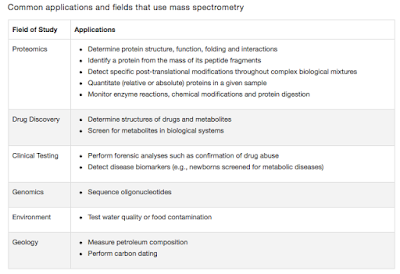Toxoplasma Vaccine: A step Closer
Greetings
Toxoplasma gondii is a topic about which I have posted several times in this blog space. The ability of this protozoa to infect a wide range of species including humans is astounding. Felines are expected to be the most common host, and classically acquired by ingestion of contaminated source it can also spread through several other means. T. gondii can only sexually reproduce in the gut of felids. Its ability to be latent without any apparent manifestation has been considered important. On a global scale, toxoplasmosis is expected to be present in roughly 22% of healthy population. Multiple studies has shown that a proportion of healthy blood donors are serologicaly positive. This speaks for itself.
 |
| Fig 1: Toxoplasma invasion into the cell. Source |
The most common route of infection is through ingestion, where the invasion begins by entering into enterocytes. It can also breach through epithelial layers. Ultimately, the ability to be motile and circulation through lymphatic system allows the pathogen to invade any kind of tissue.
Toxoplasma stays inside a self created vacuole called the parasitophorous vacuole (PV) which prevents endolysosomal fusion. The process of cellular entry is complex in terms of molecular interactions. The rhoptry of toxoplasma secretes several proteins to aid the process. Some proteins also travel to the nucleus to modulate host cell activity. PV serves as a safe house for the parasite. Surprising it may sound, PV recruits host mitochondria and endoplasmic reticulum providing the required nutrient support for the parasite.
Toxoplasma immunology is a little messy and not completely understood (Oh!! You could say nothing is completely understood in biology). The best defense for the cell is to disrupt the PV thus exposing the toxoplasma to immunological attack. This attack is best tailored through IFN-γ, which can activate cellular immune cascades. The best defined molecules in action include IFN-γ induced GTPases- immunity-related GTPases (IRGs) and guany-late-binding proteins (GBPs). Toxoplasma possess counter acting molecules. Rhoptry molecules especially ROP18 and ROP5 are of great interest. ROP5 is a pseudokinase which modulates the catalytic activity of ROP18 which in turn effect the phosphorylation of immune proteins such as IRGs (such as Irga6, Irgb6, and Irgb10). This effectively silences immune responses. Basically, ROP5/ROP18 increases the survival time of the parasite inside IFN-γ activated cells especially macrophages.
Needless to say, there is a need for good and high IFN-γ. New research has spread some light. The team led by Masahiro Yamamoto showed that p62, a host molecule, has a potential role in exerting immune effects of an experimental pathogenic parasite toxoplasma-inactivated vaccine. P62 also known as Sqstm1 (Sequestosome 1) is one of the well known molecule acting as a selective autophagy adaptor involved in autophagy and intra-cellular immunity. The study in summary shows that P62 and ubiquitination of PV is important for getting the immunity right.
 |
Fig 2: Role of p62 in immune
response against Toxoplasma.
|
Despite the ubiquitous nature of Toxoplasmosis, there has been no effective vaccine developed till date. There are several reason's for why we don't have a candidate vaccine. some of them include, lack of basic knowledge on candidate targets and immunology. This study pushes this void a little bit further and perhaps also provides us an idea on potential targets to be looked at. Oh yes, We are a step closer.
Hunter CA, & Sibley LD (2012). Modulation of innate immunity by Toxoplasma gondii virulence effectors. Nature reviews. Microbiology, 10 (11), 766-78 PMID: 23070557
Behnke MS, Fentress SJ, Mashayekhi M, Li LX, Taylor GA, & Sibley LD (2012). The polymorphic pseudokinase ROP5 controls virulence in Toxoplasma gondii by regulating the active kinase ROP18. PLoS pathogens, 8 (11) PMID: 23144612
Youngae Lee, Miwa Sasai, Ji Su Ma, Tatsuya Saitoh, Shizuo Akira, Masahiro Yamamoto (2015). p62 Plays a Specific Role in Interferon-g-Induced Presentation of a Toxoplasma Vacuolar Antigen
Graphical Cell Reports, 13 (2), 223-233
Liu Q, Singla LD, & Zhou H (2012). Vaccines against Toxoplasma gondii: status, challenges and future directions. Human vaccines & immunotherapeutics, 8 (9), 1305-8 PMID: 22906945





Comments
Post a Comment